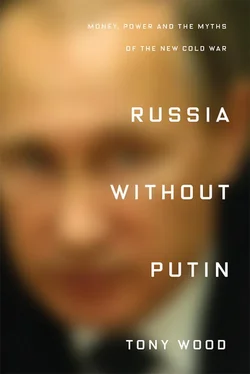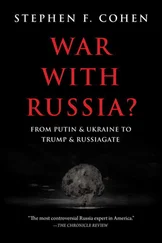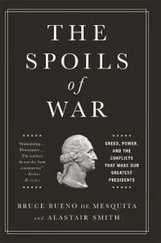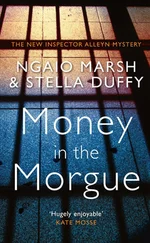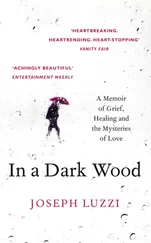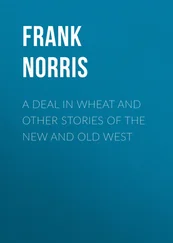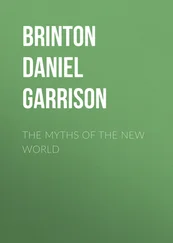Sectoral differences tended to translate into regional ones, given the disparities between Russia’s regions in terms of natural resources and economic infrastructure. In the 1990s, the major cities and the hubs for mineral extraction fared best – Moscow above all, but also the oil cities of Western Siberia. Heavily industrial and agricultural regions, meanwhile, suffered severe declines, as did areas where the ‘military-industrial complex’ had dominated: the closure of one-fifth of the country’s military plants between 1991 and 1993 wiped out millions of livelihoods. {13} 13 Figure quoted in Serguei Oushakine, The Patriotism of Despair , Ithaca, NY 2009, p. 8.
Another major factor driving regional differentiation was the Yeltsin government’s swingeing cuts to health, education, pensions and social welfare budgets. Under instruction from the IMF, it slashed real spending by anywhere between 30 and 50 per cent. This had drastic effects on education and health care everywhere. Starved of the basic funds they needed to operate, schools began to introduce ‘user fees’ many parents couldn’t afford; by the turn of the century, more than a fifth of sixteen- to seventeen-year-olds were not in school. Health care provision deteriorated markedly too. In the first half of the decade, as child vaccination rates tumbled and funding for much adult primary care vanished, mortality from infectious and parasitic diseases doubled, and tuberculosis cases multiplied. {14} 14 Figures from Linda Cook, Postcommunist Welfare States: Reform Politics in Russia and Eastern Europe , Ithaca, NY 2007, pp. 65, 82, 190, 79.
Cutbacks in central funding effectively dumped onto cash-strapped regional and municipal authorities responsibility for a deepening social crisis they could do little or nothing to mitigate. Again, Moscow and resource-rich regions were exceptions. They could afford to maintain a semblance of welfare provision that was beyond the reach of depressed industrial areas or the poor, non-ethnic Russian fringes of the country – for example the republic of Tuva, on Siberia’s southern edge, where by 1996 poverty rates stood at a staggering 77 per cent, more than three times the national average. {15} 15 World Bank, ‘Russia: Targeting and the Longer-Term Poor’, May 1999, Volume II: Annexes, pp. 15–17.
These wrenching socio-economic shifts ushered in a whole range of unfamiliar social actors, developing out of new kinds of economic relationships. Property ownership played a much lesser role than the neoliberal reformers had intended, however. The privatizations of the early 1990s hadn’t created a nationwide mass of shareholders, but rather an oligarchy that proceeded to pile up wealth on a scale previously unimaginable. For the bulk of the population, ownership of assets remained out of reach. Housing was one partial and substantial exception to this trend, but even here outcomes were ambiguous and uneven. Starting in 1992, the majority of the country’s housing stock was divested to municipalities, who were then supposed to oversee its sale to households. In practice, about half of housing was sold in this way, mainly because legal title to an apartment brought increased costs – maintenance, services – that few were able to take on. [4] Holding title to an apartment also exposed people to the risk of extortion; many actually sold their apartments back to the municipality after privatizing them, as a kind of juridical self-defence.
While a large number of city-dwellers came to own apartments they could then sell (this was an especially lucrative move in Moscow), across most of Russia there was only the most tentative kind of real estate market. {16} 16 For a perceptive survey of these questions, see Jane Zavisca, Housing the New Russia , Ithaca, NY 2012.
Privatization of the land did not unfold as expected, either. The advocates of free-market reform had envisaged a rapid opening of the stagnant Soviet agricultural sector, breaking up state and collective farms in favour of individualized ownership, the goal being to create a layer of stolid post-Soviet yeomen. But farm directors managed to obstruct Yeltsin’s plans for full privatization of land – announced three weeks after the shelling of parliament in 1993 – and only agricultural supply and procurement were privatized. Many large farms remained intact, and well into the 2000s relatively few independent farmers had peeled away from them. {17} 17 Barnes, Owning Russia , pp. 87–104; see also Grigory Ioffe, Tatyana Nefedova and Ilya Zaslavsky, The End of Peasantry? The Disintegration of Rural Russia , Pittsburgh 2006, pp. 107–29.
Outside of the elite, in fact, only a tiny layer of owner-entrepreneurs emerged, amounting to no more than 2 per cent of the population during the 1990s. {18} 18 Ovsei Shkaratan, ‘Sotsial’noe rassloenie v sovremennoi Rossii: drama raskolotogo obshchestva’, Mir Rossii , no. 1, 2004, pp. 43–44, tables 5 and 7, gives a figure of 3 to 4 per cent for entrepreneurs, traders and private farmers, but half of these did not own a firm, so the number of owner-businessmen is much smaller.
Still, the uneven flows of cash and commerce did give rise to a myriad of traders: retailers who ran the kiosks and tiny shops that sprouted along pavements and beneath underpasses; freelance salespeople who made irregular income from deals big or small; shuttle traders ( chelnoki ), who travelled huge distances, often across international borders, to buy goods for resale. {19} 19 For a compelling ethnographic sketch of post-Soviet traders, see Caroline Humphrey, The Unmaking of Soviet Life , Ithaca, NY 2002, pp. 85–90.
The vast majority of trade was small-scale, and was often as much an expression of desperation as of entrepreneurism, a survival strategy rather than a vocation. (Moscow’s sidewalks during the 1990s, for example, were scattered with pensioners selling veterans’ medals, silverware and other memorabilia.) A trader who was really successful could become the owner of a small business, rather than carry on selling on someone else’s behalf. But often there was no clear split between proprietors and employees: traders tended to be both at the same time.
The proliferation of commerce also created plentiful opportunities for organized crime, above all through protection and extortion rackets. Nearly all post-Soviet business in the 1990s involved side payments to obtain a krysha , or ‘roof’. Drugs, cars, weapons and prostitution were among the many other new sources of profit. Some of the most visible beneficiaries were charismatic crime lords, but a new layer of smaller-scale crooks also thrived, drawn not only from the Soviet-era criminal fraternity, the vory v zakone (‘thieves by law’), but also from among Afghan War veterans, unemployed athletes and former security-service personnel. {20} 20 A memorable sociological description of this milieu can be found in Vadim Volkov, Violent Entrepreneurs , Ithaca, NY 2002; see also Mark Galeotti’s definitive history The Vory: Russia’s Super Mafia , New Haven 2018.
Meanwhile the sudden impoverishment brought by the transition to capitalism produced a new and distinct layer of the dispossessed. The liberal reformers’ assault on the Soviet welfare system cast invalids and pensioners into penury and starvation, and demobbed soldiers were turned loose into unemployment or a life on the fringes of crime. Many of the millions of ethnic Russians who ‘returned’ to the homeland after the fall of the USSR, lacking papers or places to live, were forced onto the streets. There are no reliable figures on homelessness during the 1990s – estimates for Moscow alone range from 15,000 to 100,000 – but rough sleeping, begging and vagrancy were more visible than ever before. {21} 21 Svetlana Stephenson, Crossing the Line: Vagrancy, Homelessness and Social Displacement in Russia , Aldershot 2006, p. 114.
The ‘corporations of the dying’ that Walter Benjamin had seen in 1920s Moscow had returned.
Читать дальше
